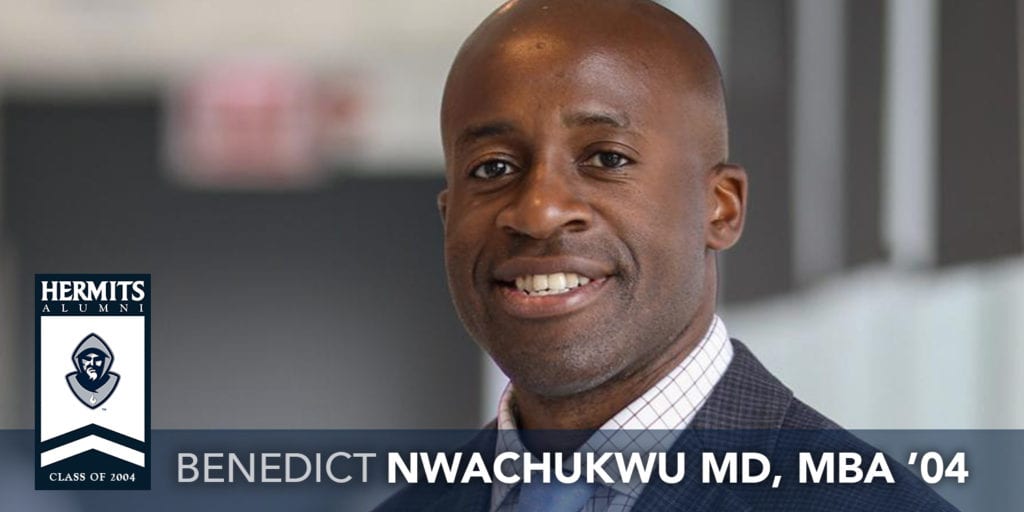Originally published in Forbes Magazine – (Link to original story – https://bit.ly/2DHCC8l)
While Adam Silver and the NBPA deserve a tremendous amount of credit for the on and off-the-court success of the bubble experiment, the team training and medical staff providing around-the-clock care to players deserve their due as well.
Dr. Benedict Nwachukwu is a sports medicine surgeon and Co-Director of Research at the Hospital for Special Surgery (HSS) and a medical consultant for the NBPA. He has served as a team physician for the Chicago Bulls, Chicago White Sox and DePaul Athletics. When he was contacted by the league to be an on-site doctor in the bubble, he didn’t hesitate to accept the offer, even with it meaning most of his awakened hours would be dedicated to work.
“This is truly a once in a lifetime experience,” Nwachukwu says. “I think it’s great from a physician standpoint because it really helps me focus on the player’s health and I’m in constant communication with the teams. You’re in the hotel with the teams and the trainers have immediate access to you, which is terrific.”
To ready himself for Orlando, Nwachukwu had to cease seeing patients and quarantine in his New York apartment for four days before his arrival at the beginning of the month. He would have to quarantine another two days outside of the bubble before being transferred within the bubble, where he had to do it again for another two days. The only time he was allowed to leave was for his daily testing. Meals were brought to his room three times a day.
With the bubble being a pivotal moment for sports history, Nwachukwu started documenting his experiences on his blog. It only took a couple of days for him to be blown away by how many variables the league had accounted for with a lot of moving pieces.
“There were some really unique challenges from a sports medicine perspective with the shutdown and lack of conditioning for the players,” he says. “I’ve been amazed by how the architects of the bubble have thought of so many of these different variables. On the orthopedic front, one of the things that has been nice is that there is an MRI Center right on campus.
“By having that readily available, we can take a player right after the game to get an MRI to better evaluate the soft tissue. You want to understand what is the role of the soft tissue because ultimately that’s going to determine whether the player practices or plays.”
Player health was at the forefront of the restart. That included the threat of the coronavirus and injuries after a four-month layoff. Nwachukwu believes the scrimmage and seeding games were very critical because going right into playoff-intensity basketball would have increased the risk of soft-tissue injuries. Those games also allowed teams to customize the ramp-ups of individual players who were all at varying levels of conditioning with some having had access to private gyms during the shutdown while others didn’t.
Unfortunately, with any return to play, there is the risk of associated injuries. Ben Simmons, Jaren Jackson Jr. and Johnathan Issac all went down with season-ending-lower-body injuries within the first two weeks of play. Nwachukwu compares the NBA’s restart to that of the German Bundesliga, which had their own restart in late May and saw 14 injuries the first weekend. He believes the league has done really well in acclimating the players back into game-shape.

Nwachukwu began documenting his experience in the bubble on his blog – (Photo Credit – NBA Properties)
Nwachukwu’s day has typically started at 6 a.m. with a run before the heat makes it uncomfortable, or he will get a quick workout in at the gym. At 8:30, he is on a call with all the physicians and anyone involved with player health inside the bubble. The topics range from Covid testing status, medical issues with players and staff to any issues with game coverage. After the call, he might be contacted by a team to evaluate a player before or after practice. Since he is involved with helping coordinate MRI’s, he also helps escort the players to receive them.
During the seeding schedule, games typically started around 1:30 p.m with the final game tipping off at 9. Nwachukwu’s duties are checking on players after games to make sure there are no health issues. If he covered the last game, his day would typically end after midnight and he would repeat the same schedule the very next day.
“When you’re in the bubble, you’re completely focused on your job because there really is no outside distractions,” he said. “From that standpoint, it’s a benefit and part of that is that is the players are so much closer with the training and medical staff,” Nwachukwu continued. “You’re really able to provide attentive medical care, which has been an incredible experience for me because it makes the lines of communication that much easier.”
Nwachukwu believes he’s currently working in the best case study for other leagues to draw from. The bubble plan has proven to be maybe the only safe path for sports in the near future. No players have tested positive for COVID-19 in a month of being on the campus, even with some players leaving to attend to personal matters. With being a team physician, he sees being involved in these bubble-type sporting events as part of his future going forward until there is firmer control on the coronavirus.
“I think the NBA has set a great blueprint for how to keep the virus at bay while still optimizing player health,” Nwachukwu says. “Some people will say that it’s not able to be replicated in other leagues that have more players but I think that there are definitely suggestions that have been made for regional bubbles or rotations in and out of the bubble that can work.”







